In appearance, okra is similar to a pointed green pod with a cone shape. When you cut the okra, sticky juice comes out, which serves as a natural thickener for soups and sauces. It is good for those suffering from gastritis and ulcers. The vegetables grow only in countries with warm climates.
Okra is eaten fresh (for example in salads) and boiled, stewed, stuffed, fried, canned and are also used for soups and sauces.
Raw okra is added to salads, also marinated and fried. It goes well with tomatoes, onions, corn, peppers and eggplant.
It is important to know - in cooking only young, not fully ripe okra, up to about 10 cm long and not older than 5 days from the time they were picked are used.
Okra helps with chronic fatigue, depression and strenuous exercise, as well as various respiratory diseases.
In order for them not to be slippery and hairy, it is necessary to spray the cleaned okra with grape vinegar for 1 hour, rinse them and they will be ready for heat treatment.
It is very important to pay attention to the preparation of the product. Thin hair covering the skin should be cleaned. If this is not done, the dish will be bitter. The hairs from the surface of the okra along with the skin will be much easier to remove if you pour boiling water over the vegetables.
The cleaned and washed fresh okra vegetables are placed in salted and acidified water with vinegar. Boil the okra for 15-20 minutes.
Strain the water, put half of the pods in a greased pan or fireproof dish, cover them with a layer of chopped onion, fried in oil, and place the remaining okra on top.
Pour beaten eggs with milk and salt and bake the okra in the oven until they aquire a golden brown color. Serve them garnished with a green salad.
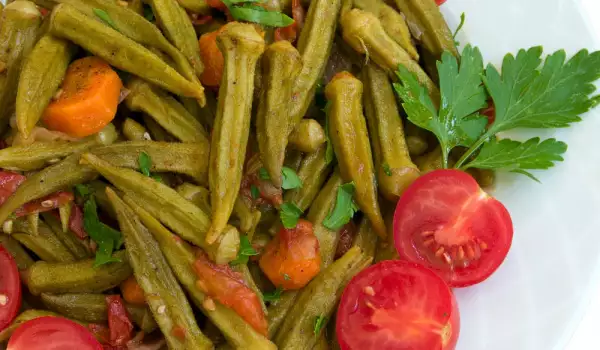

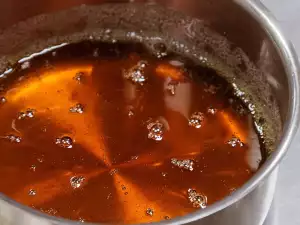
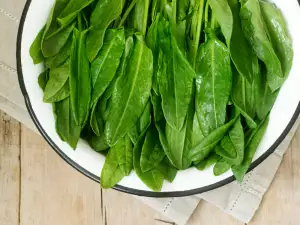

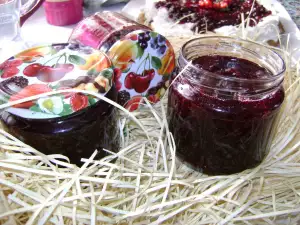






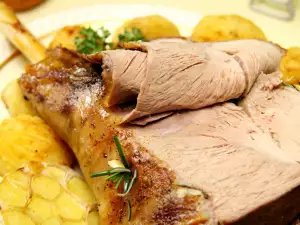
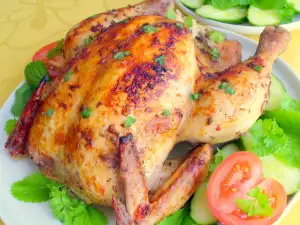
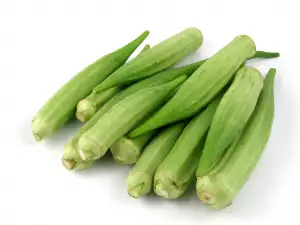




Comments